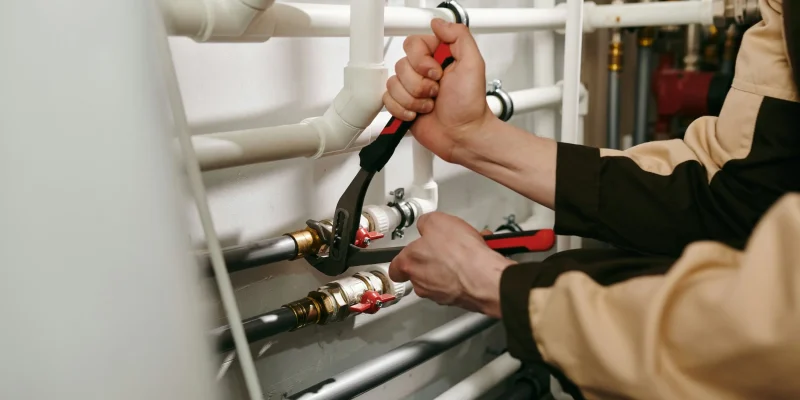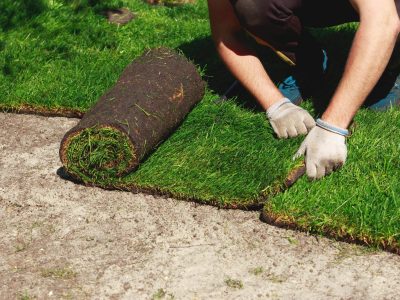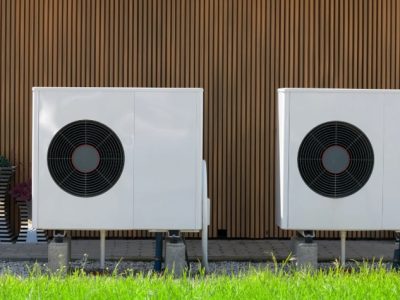When you discover that your sewer line is having problems, it can be overwhelming trying to decide which repair route to take. From cost and disruption to long-term performance, there are many factors to weigh. If you are searching for a sewer company near me, sewer line repair near me, or services like trenchless sewer line replacement, trenchless pipe lining, pipe bursting, or excavation sewer line repair, understanding your options is essential. This article outlines the pros and cons of traditional vs. trenchless sewer repair and helps you decide which method is best for your home.
Traditional Excavation Sewer Line Repair
Traditional sewer line repair involves digging (excavation) to access and replace damaged sections of sewer lines. This approach has been the standard for many years. Typically, a trench is dug along the path of the sewer line, the old damaged pipe is removed or replaced, and a new pipe is laid in, followed by backfilling the trench and restoring the surface (lawns, driveways, patios, sidewalks, etc.).
Advantages:
- Very reliable in cases of full pipe collapse or severe misalignment.
- The replacement is complete, so there should be no weak spots left in the replaced section.
Disadvantages:
- Major disruption: excavation damages landscaping, driveways, and other surface features.
- Time-consuming: repairs may take 5-14+ days or even longer, depending on soil, weather, and extent of damage.
- High cost overall once you factor in restoration of yard surfaces, hardscaping, pavement, etc.
Trenchless Sewer Repair Methods
Trenchless methods provide alternatives that are less disruptive. These include pipe bursting, sewer pipe lining (CIPP – cured-in-place pipe), or other relining techniques. Only small access points (holes) are needed rather than digging full trenches.
Pipe Bursting: A device breaks apart the old pipe while pulling a new pipe (often high-density polyethylene, HDPE) through the same path. You can often upsize the pipe during this process to improve flow capacity.
Trenchless Pipe Lining (CIPP): A liner coated with resin is inserted into the existing pipe and expanded. When the resin cures or hardens, it forms a new pipe within the old one, with a smooth, jointless interior that resists leaks and root intrusion.
Advantages:
- Minimal surface disruption — yards, driveways, patios stay intact in most cases.
- Faster turnaround: repairs generally take 1-3 days rather than weeks.
- Longer lifespan: many trenchless repairs are expected to last 50–100 years.
- Environmentally friendly: reduced excavation means less soil disruption and disturbance of vegetation.
Disadvantages:
Higher upfront cost per foot compared to simpler excavation (though overall cost may be lower when factoring in restoration).
Not all damage types can be addressed with trenchless methods. If the pipe is fully collapsed, badly misaligned, or inaccessible, traditional excavation may still be required.
Cost Comparison & What to Expect
Trenchless Sewer Line Repair (pipe bursting, sewer lining) tends to cost more per foot. Depending on the length, condition, and location, you might spend in the range of several thousand dollars—say $4,000 to $15,000 or more for relining in many areas.
Traditional Excavation Sewer Line Repair often involves lower pipe replacement costs alone but dramatically higher costs for restoration of surface damage. Full excavation replacements may run $7,000 to $30,000+, and restoring landscaping, concrete, driveways, or other hardscaping can add several thousand more.
Which Method Is Right for You?
Here are some signs that help determine which method fits your situation:
Go Trenchless If:
- You have cracks, corrosion, or root invasion in your sewer line.
- Your aesthetic or landscaping is important, and you want to avoid damage to yard, patio, driveway.
- You need a quicker repair with less disturbance.
- Environmentally considerate options are preferred.
Go Excavation If:
- The pipe is collapse-level damaged or severely misaligned.
- Soil or access conditions make trenchless technology impossible or impractical.
- Local building or sewer code requires full pipe replacement in certain situations.
The Bottom Line
Both trenchless and traditional sewer repair methods have long lifespans (many options promise 50 to 100 years). The major differences come down to disruption, cost after surface restoration, and the severity of the damage. If you are looking for sewer line repair near me, start by hiring a reputable sewer company near me to conduct a camera inspection. That will show whether trenchless sewer repair methods like pipe bursting or trenchless pipe lining are viable for your situation, or whether you’ll need a more involved excavation sewer line repair.














Comments